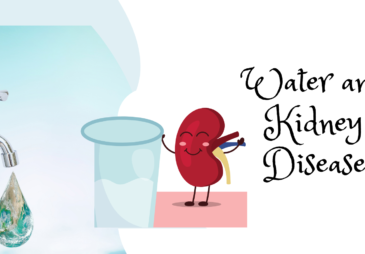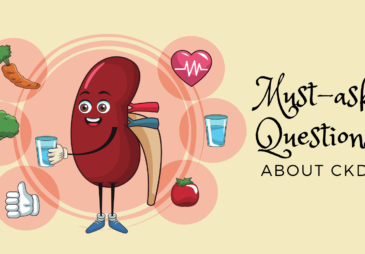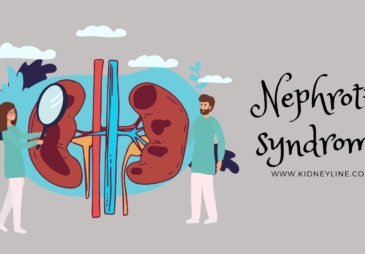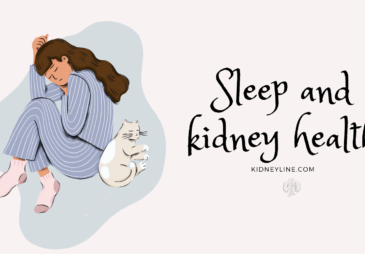Kidneys play a crucial role in our bodies, filtering waste and excess fluid from the blood to produce urine. Two conditions that can affect these vital organs are acute kidney injury (AKI) and chronic kidney disease (CKD). While they share some similarities, they are distinct in their causes, symptoms, and long-term consequences. Understanding these differences is essential for proper diagnosis and treatment.
What Are AKI and CKD?
AKI is a sudden and often reversible decline in kidney function. Imagine your kidneys as filters that clean the blood. In AKI, these filters suddenly clog or become damaged, making them less effective at removing waste and fluid from the body. This condition can occur rapidly, sometimes within hours, and is typically caused by factors like dehydration, infections, certain medications, or direct harm to the kidneys.
On the other hand, CKD is a slow and progressive deterioration of kidney function that develops over time, often months to years. Instead of a sudden malfunction, CKD represents a gradual wearing down of the kidney’s filtering ability. It’s primarily linked to underlying health conditions like diabetes, high blood pressure, or other diseases that can harm the kidneys.
Spotting the Signs: Symptoms of AKI and CKD
The symptoms of AKI and CKD are similar.
Signs of AKI can vary, but some common ones include reduced urine output, swelling in the legs and feet, fatigue, confusion, and nausea. It’s like your body’s waste disposal system suddenly backing up, causing problems throughout.
CKD might not show noticeable symptoms until it reaches an advanced stage. These symptoms include tiredness, itchy skin, muscle cramps, loss of appetite, and sleep disturbances. It’s like a slow leak in a pipe that goes unnoticed until the damage is severe.
Diagnosing AKI and CKD
Diagnosing both AKI and CKD involves medical tests:
AKI: Doctors use blood tests to measure waste product levels in the blood and assess kidney function. They also examine urine to check for abnormalities. In some cases, imaging tests like ultrasounds or CT scans might be necessary.
CKD: CKD is diagnosed based on a person’s estimated glomerular filtration rate (eGFR), a measure of how well the kidneys are filtering blood. The eGFR is calculated from creatinine levels in the blood. An eGFR lower than 60 mL/min/1.73m² for more than three months indicates CKD. Urine tests are also conducted to check for proteinuria (an abnormal amount of protein in the urine). Imaging tests like an ultrasound may be needed.
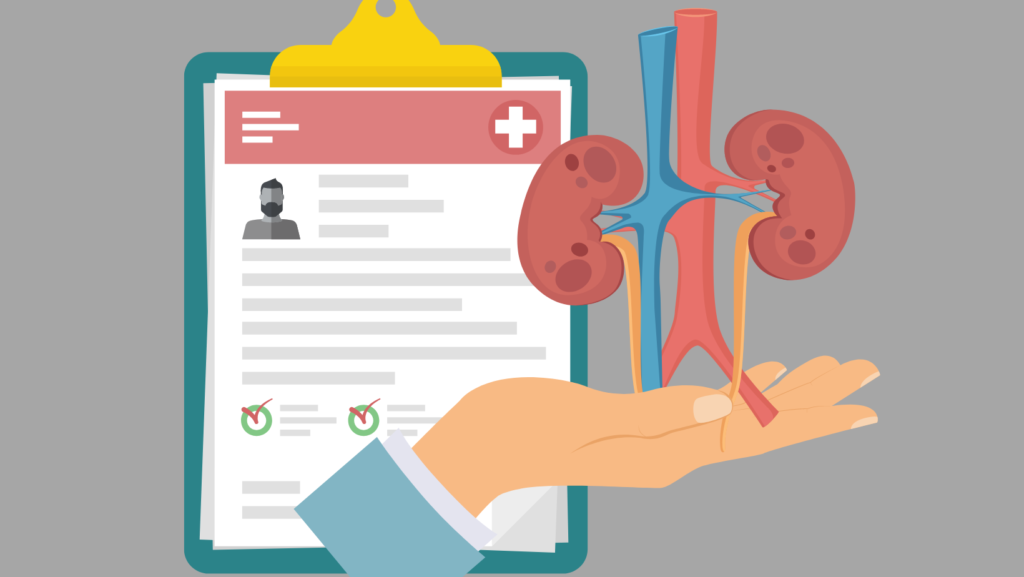
Treatment Approaches for AKI and CKD
Treating AKI involves addressing the underlying cause. If dehydration is the issue, rehydration through intravenous fluids is necessary. If certain medications are causing harm, discontinuing them might help. In severe cases, hospitalization and dialysis, a treatment that replicates kidney function, may be needed.
Managing CKD focuses on slowing its progression and managing underlying health conditions. For instance, controlling blood pressure and blood sugar levels through medications can help preserve kidney function. A kidney-friendly diet that restricts salt, saturated fat, and processed foods while emphasizing fruits, vegetables, and whole grains can be beneficial. In severe cases, when kidneys are no longer functioning adequately, dialysis or a kidney transplant may become necessary.
Risk Factors and Prevention
Several factors increase the risk of AKI, including dehydration, blood loss, infections, certain medications, and surgical procedures. Critical illness, age, and pre-existing medical conditions like diabetes, hypertension, or heart disease also heighten the risk.
CKD risk factors include diabetes, high blood pressure, smoking, obesity, a family history of kidney disease, and age over 60. These conditions can harm the kidneys over time.
Preventing AKI involves staying hydrated, avoiding nephrotoxic drugs (drugs that can harm the kidneys), and managing underlying health conditions. These steps can help ensure the kidneys continue to function properly.
To prevent CKD, it’s crucial to manage conditions like diabetes and high blood pressure effectively. Avoiding smoking, maintaining a healthy weight, and consuming a balanced diet low in salt and saturated fat can also reduce the risk.
Long-Term Implications of AKI and CKD
Both AKI and CKD have significant long-term implications:
While AKI is often considered reversible, recent research suggests that it can have lasting effects. Survivors of AKI face a higher risk of developing CKD, cardiovascular disease, and even death. This risk increases with the severity of the AKI, the number of episodes, and the presence of other health issues.
CKD can lead to numerous complications. The risk of cardiovascular disease, bone disorders, infections, and mortality is higher in CKD patients. In advanced stages, CKD progresses to end-stage renal disease (ESRD), which demands treatments like dialysis or kidney transplantation.
Complex Relationship Between AKI and CKD
AKI and CKD have a complex, bidirectional relationship. AKI can cause CKD by damaging the kidney’s tubules, promoting inflammation and fibrosis, and limiting the kidney’s ability to regenerate. Conversely, CKD can make a person more susceptible to AKI by reducing renal reserves and making the kidneys more vulnerable to harm.
AKI and CKD are two kidney conditions with distinct causes, symptoms, and treatments. Understanding their differences and recognizing risk factors is vital for maintaining kidney health.
Preventive measures, such as staying hydrated, managing chronic conditions, and avoiding harmful medications, can help keep your kidneys functioning optimally.
Recognizing and treating AKI promptly can also reduce its long-term impact. Remember, protecting your kidneys means safeguarding your overall health and well-being.

